The Science of Smoke: Mastering Flavor with Fire
 Welcome to the Smoke Show
Welcome to the Smoke Show
At Big Poppa Smokers, we’re not just about throwing meat on the grill—we’re about the why behind the fire. If you're the kind of pitmaster who wants to understand how smoke works (and how to use it to make your BBQ unforgettable), you’re in the right place. This is BBQ science 101—but with swagger.
Whether you're cooking on an offset smoker, a drum, or a pellet grill, learning the science of smoke is what separates backyard BBQers from true flavor heroes.
What Is Smoke, Really?
Smoke is more than just a byproduct—it’s an ingredient. It’s made up of water vapor, gases, and microscopic particles that come from the thermal breakdown of wood. The kind of wood, the temperature of the fire, and how cleanly it burns all impact the flavor it imparts to your food.
There are three types of smoke, but only one you actually want:
- White Smoke: Moist and heavy, from smoldering or incomplete combustion. Can make your meat taste bitter.
- Black Smoke: Dirty, soot-filled, and full of unburned fuel. Avoid at all costs.
- Blue Smoke: Thin, almost invisible, and perfect. It’s the flavor magic you’re aiming for.
Pro Tip: The thinner the smoke, the cleaner the flavor. If it looks like a chimney from a steam train, it’s time to fix your fire.
Smoke Rings & Flavor: What Really Happens
One of the most iconic signs of smoked meat mastery is the smoke ring—that reddish-pink halo around a brisket slice that tells people you know what you're doing.
Here’s what’s really going on:
- The nitric oxide and carbon monoxide in smoke bind with myoglobin, the protein in meat that holds oxygen.
- This reaction stops the meat from turning fully brown when cooked, locking in that signature ring.
- Low and slow is key. If the temperature is too high, the outside cooks too quickly before the smoke can do its magic.
But flavor goes beyond looks. Smoke adds:
- Depth from phenols and other aromatic compounds
- Umami and sweetness from caramelized bark
- A layer of complexity that keeps people coming back for more
Science Behind the Ring: Myoglobin reacts with gases in the smoke at lower temps, which is why a barky brisket with a pink ring hits different.
Airflow: Your Secret Weapon
Controlling smoke isn’t about being lucky—it’s about controlling airflow. You need oxygen to fuel your fire, but too much or too little changes the game entirely.
- Too much air = fast, hot fire = white or black smoke
- Too little air = smoldering = dirty smoke
- Just right = steady fire, thin blue smoke, perfect results
How This Works on an Offset Smoker:

Fire control = flavor control
- You control the intake vent on the firebox to manage how much oxygen feeds the fire.
- The exhaust vent (chimney) should be mostly open to create draw.
- Clean-burning fires need dry wood, proper spacing, and regular monitoring.
Pro Tip: Think of your smoker like a wind instrument. Mastering airflow = mastering flavor.
Wood Types & Flavor Profiles
Not all woods burn the same—or taste the same.
|
Wood Type |
Flavor Profile |
Best For |
|
Oak |
Medium, earthy |
Brisket, ribs |
|
Hickory |
Bold, bacon-y |
Pork, beef |
|
Cherry |
Sweet, fruity |
Poultry, ribs |
|
Apple |
Mild, sweet |
Chicken, pork |
|
Mesquite |
Intense, earthy |
Beef (in moderation) |
Avoid resinous woods like pine or cedar—they’ll ruin your food.
Recommended Tools for Better Smoke Control
Want to level up your smoke game? These tools help you do it like a pro:
- Thermoworks Smoke X: For tracking pit and meat temps accurately
- Big Poppa Smokers Charcoal Nest or Basket: Keeps your firebox organized and airflow consistent
- High-temp gloves and heat-resistant tools: So you can manage your fire safely
- Big Poppa Smokers rubs (like Cash Cow): Because clean smoke + bold rub = unbeatable bark
- Digital fan controller (for drum or pellet setups): Automated airflow = clean consistent smoke

Why Some People Love or Hate Smoky Food
This one’s all about personal taste—and sometimes, bad technique.
People Love Smoke When:
- It’s balanced, not overpowering
- It enhances the meat’s natural flavor
- It leaves a clean finish
People Hate Smoke When:
- It tastes like an ashtray (black smoke)
- It’s acrid or bitter (white smoke)
- The meat is covered in soot or burned
Pro tip: If someone says they “don’t like smoked meat,” what they probably mean is: “They’ve never had it done right.”
At Big Poppa Smokers, we believe that smoke isn’t just a byproduct—it’s the soul of BBQ. When you understand the difference between clean and dirty smoke, how airflow shapes your fire, and how wood transforms flavor, you move from backyard griller to true pitmaster.
FAQ: Mastering the Science of Smoke
What wood should I use for a clean burn?
Use seasoned hardwoods like oak, hickory, or fruit woods. Wet or green wood will give you dirty smoke.
Why isn’t my smoke ring very deep?
It may be due to high initial cooking temps or lack of smoke in the first couple hours of your cook.
Can I get a smoke ring with a pellet grill?
Yes, but it's usually lighter. Try a cold start, use a water pan, and low temps for the first 2 hours.
Is white smoke ever okay?
Only briefly when lighting the fire. You want to switch to blue smoke as fast as possible.
How do I keep airflow consistent without checking every 10 minutes?
Use a fire management basket and a wireless thermometer system to monitor temp swings.


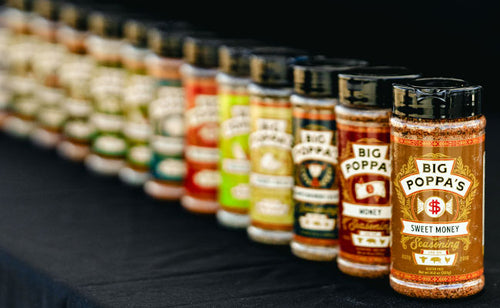
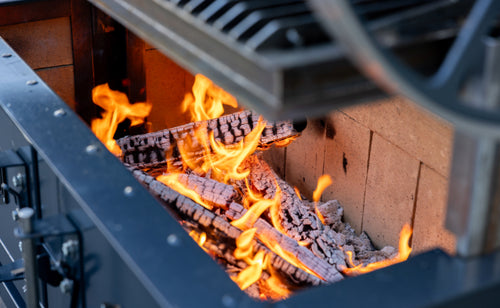
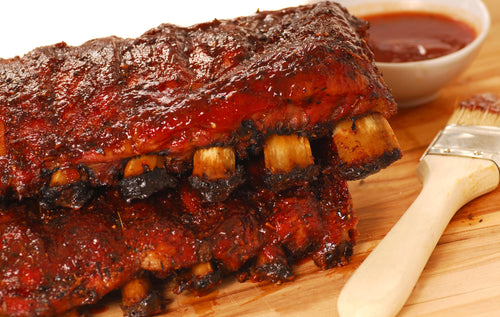
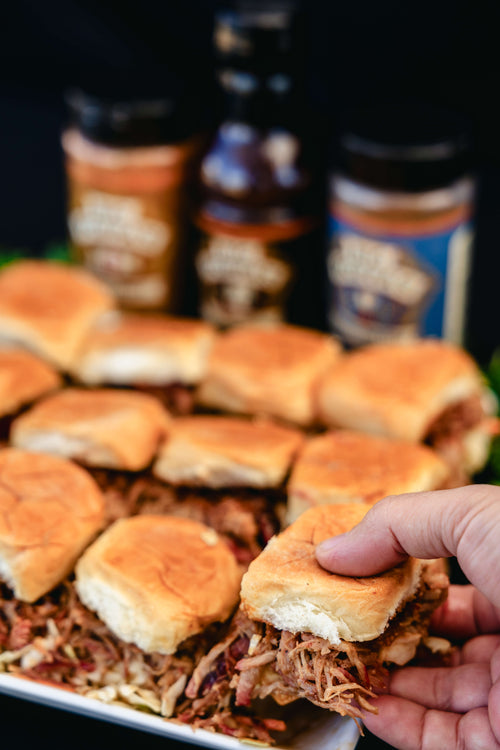



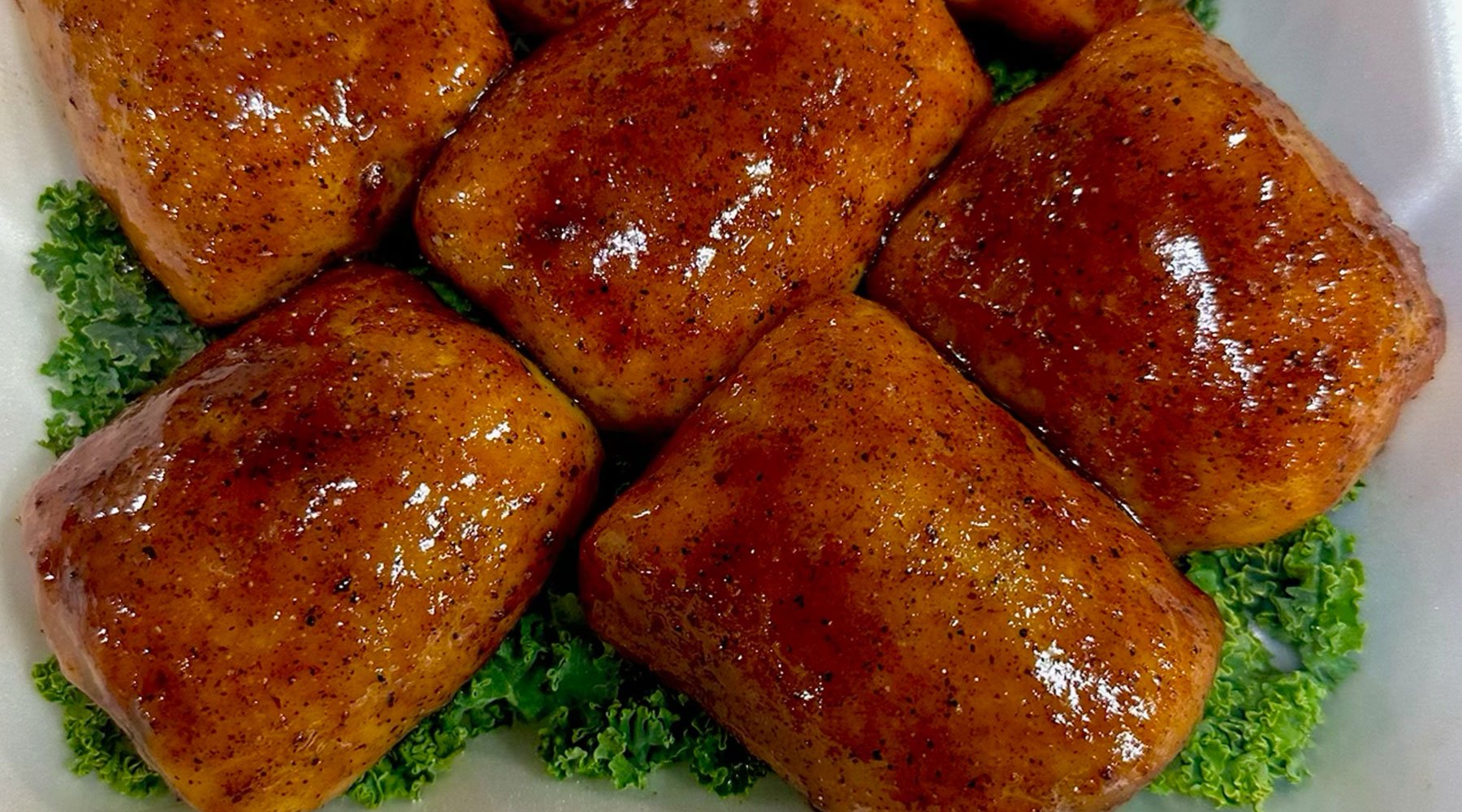
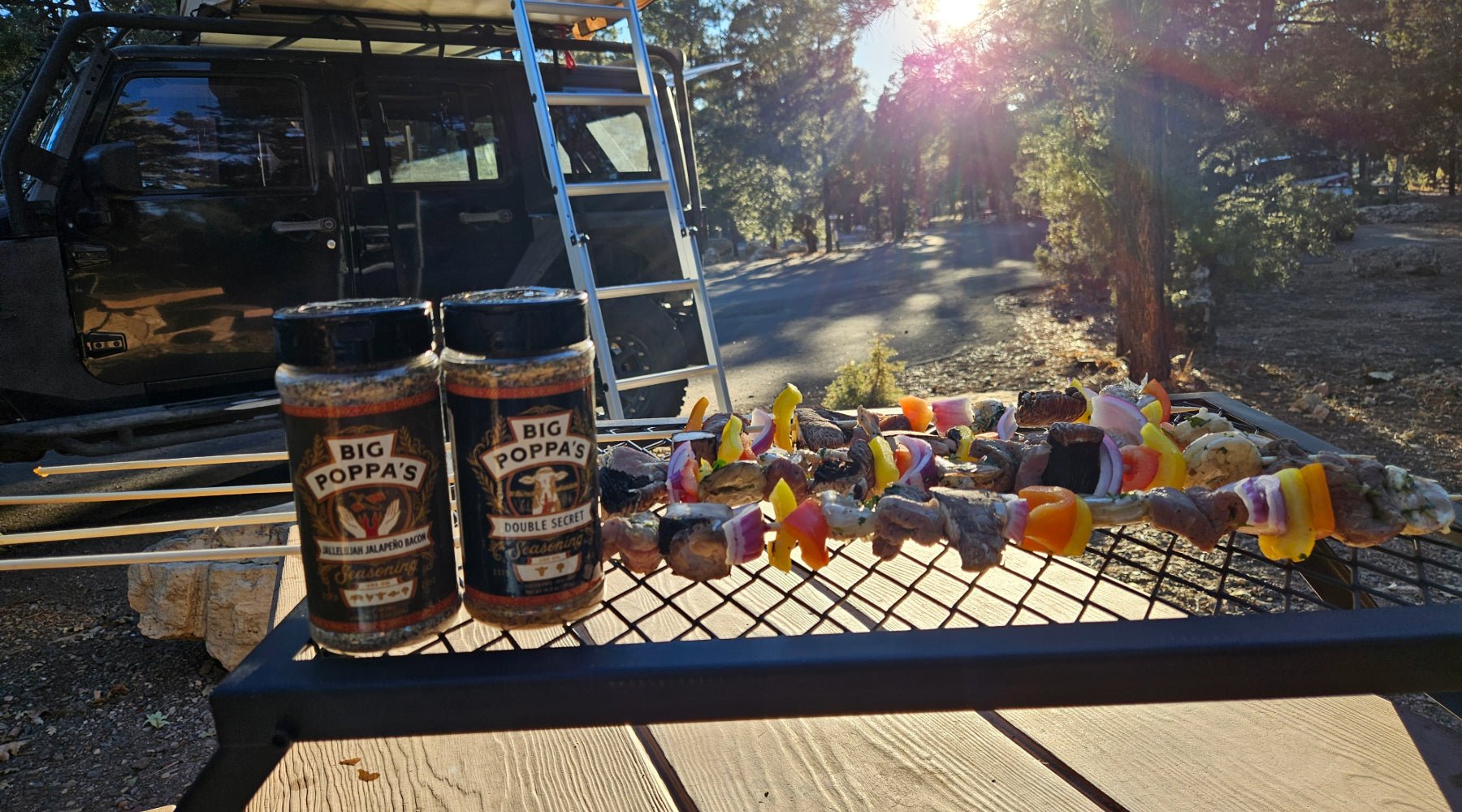
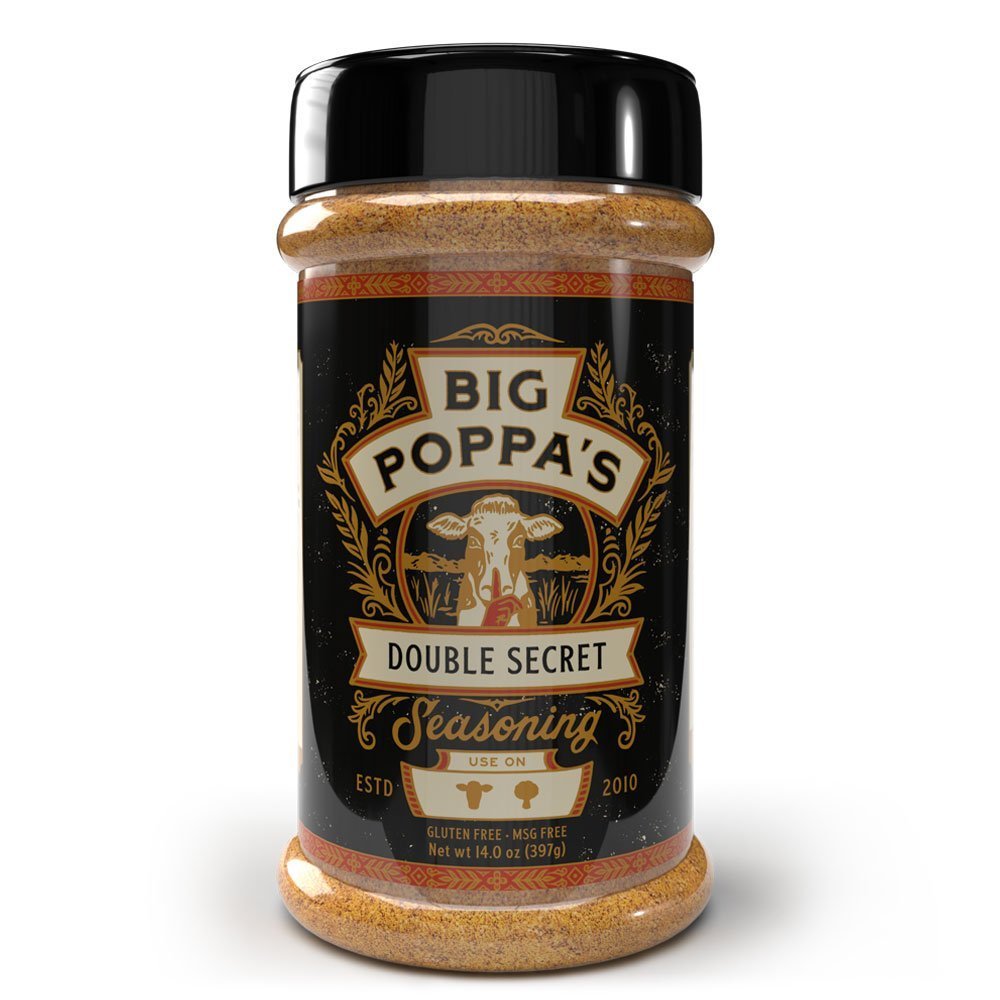
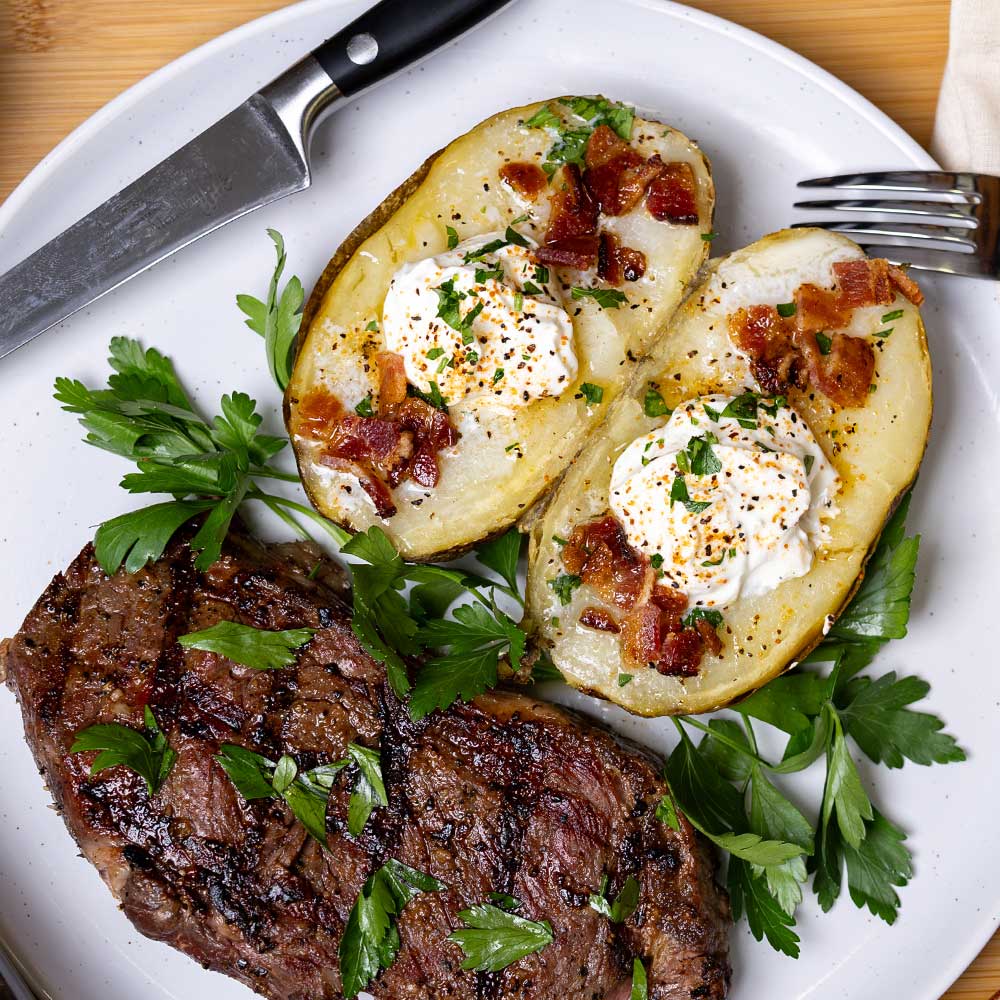
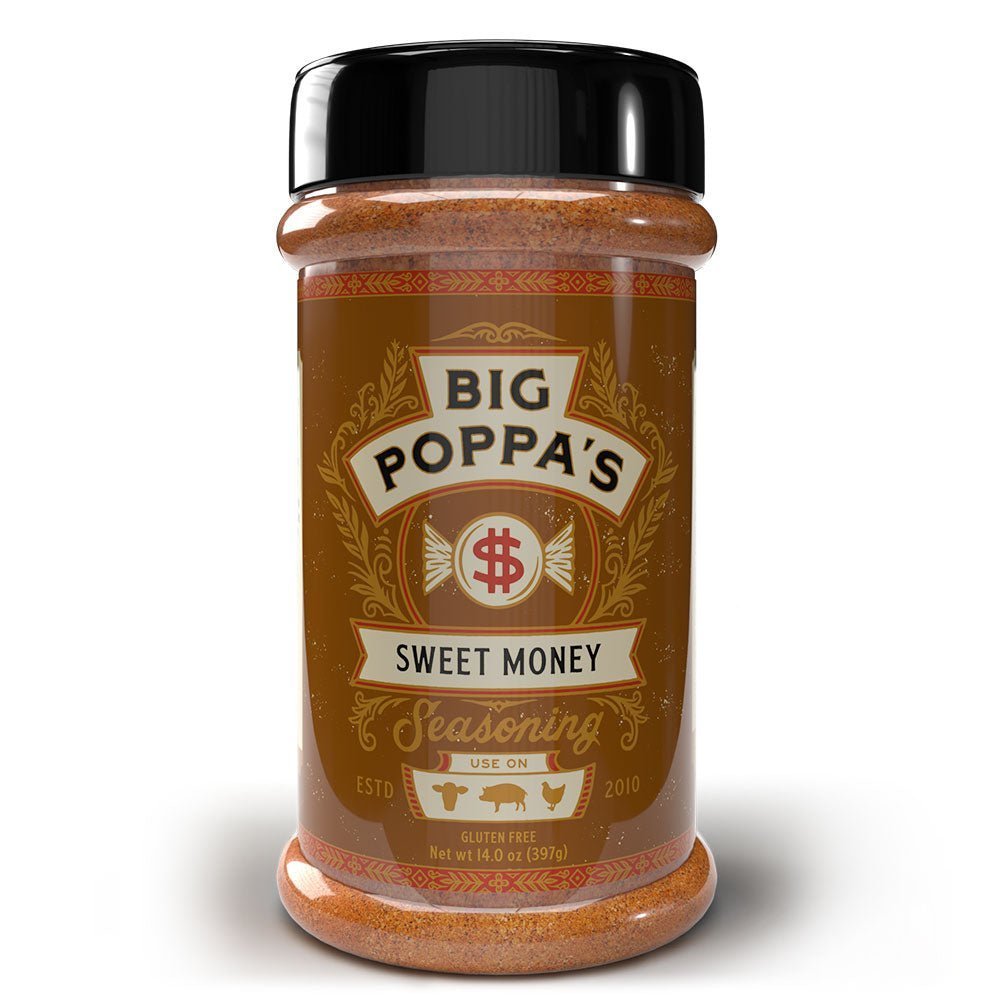
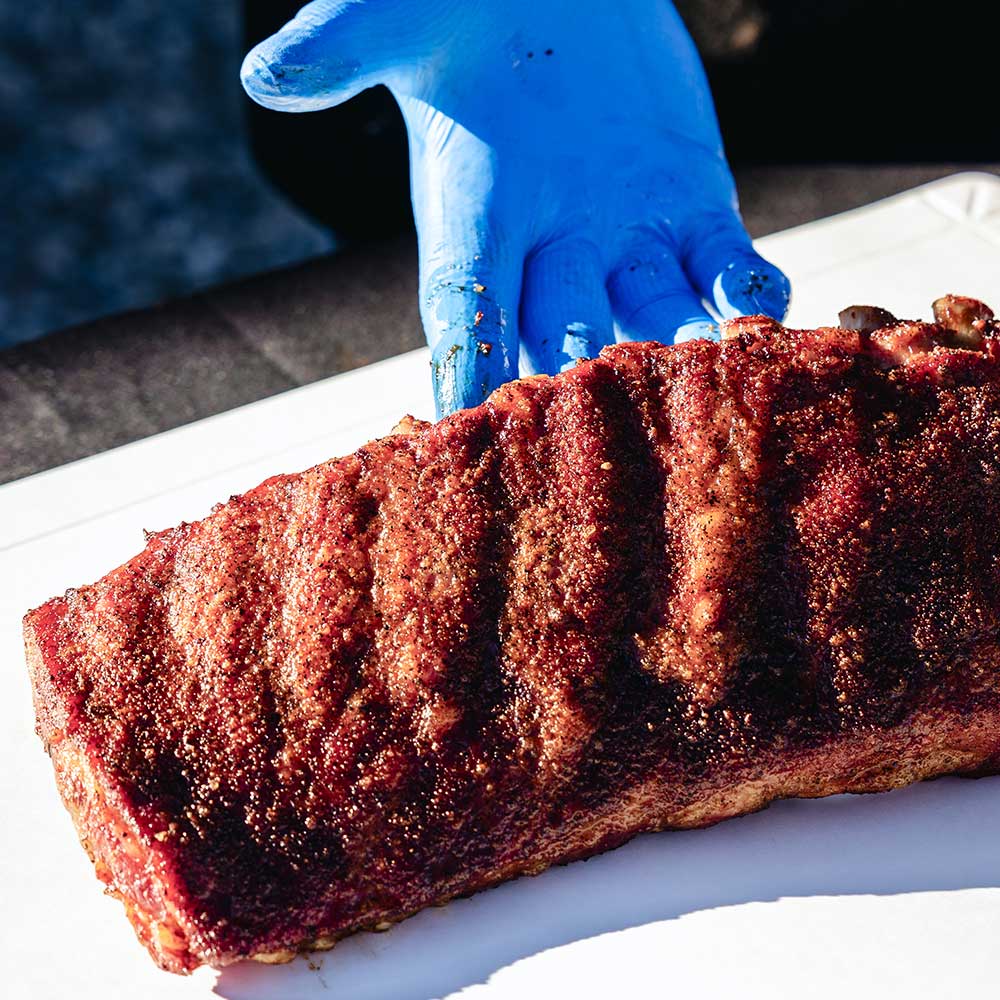
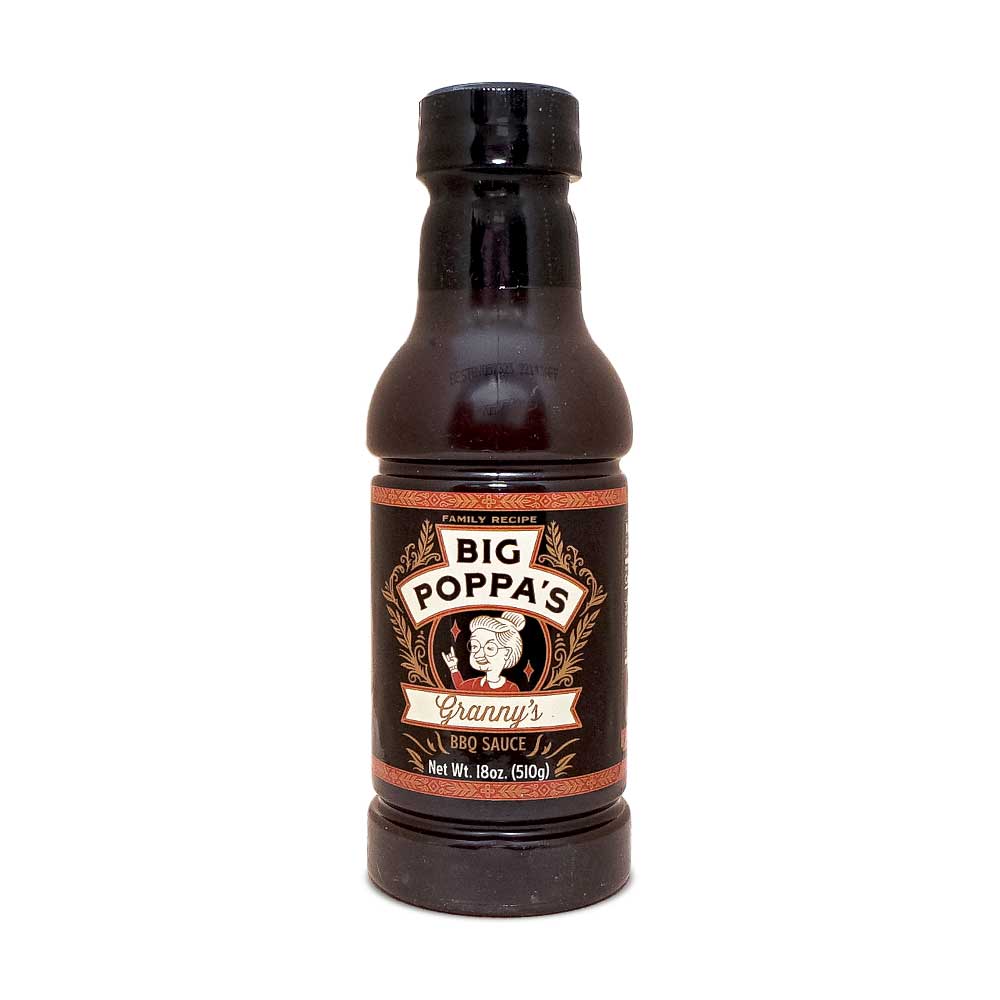

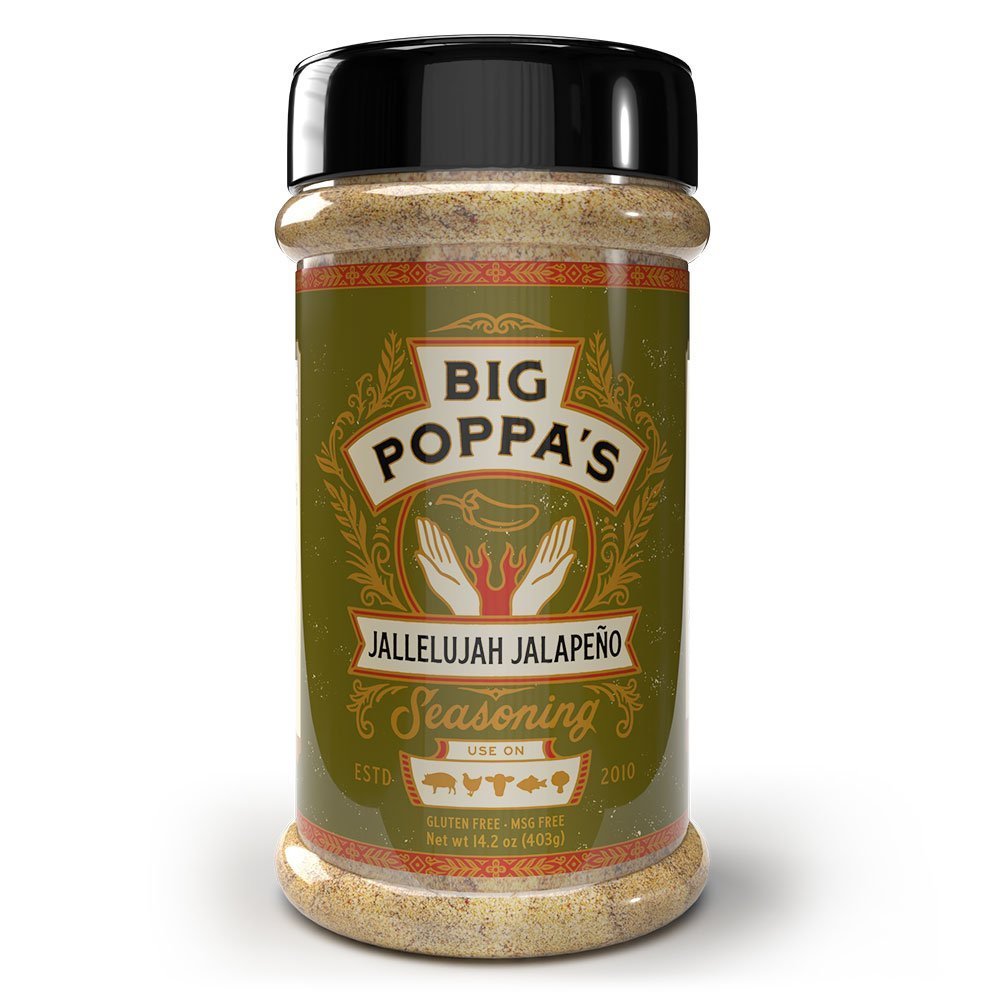
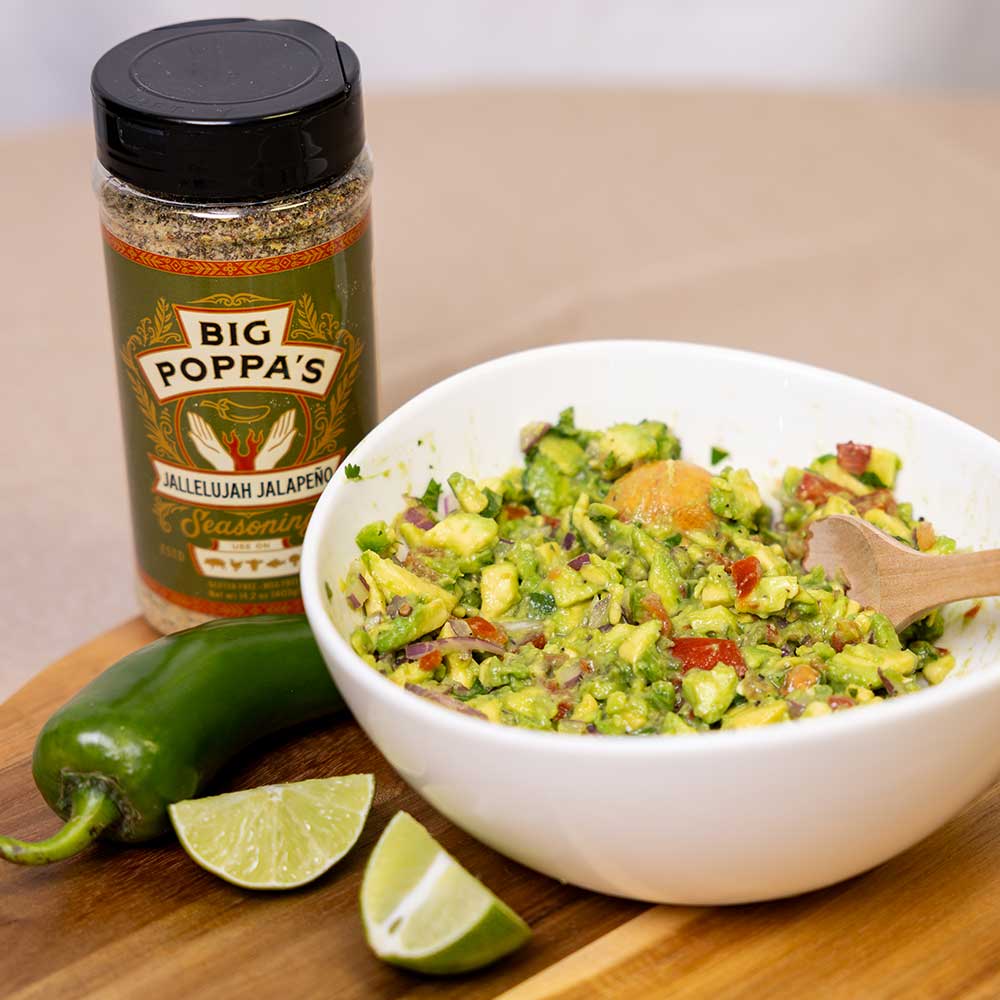
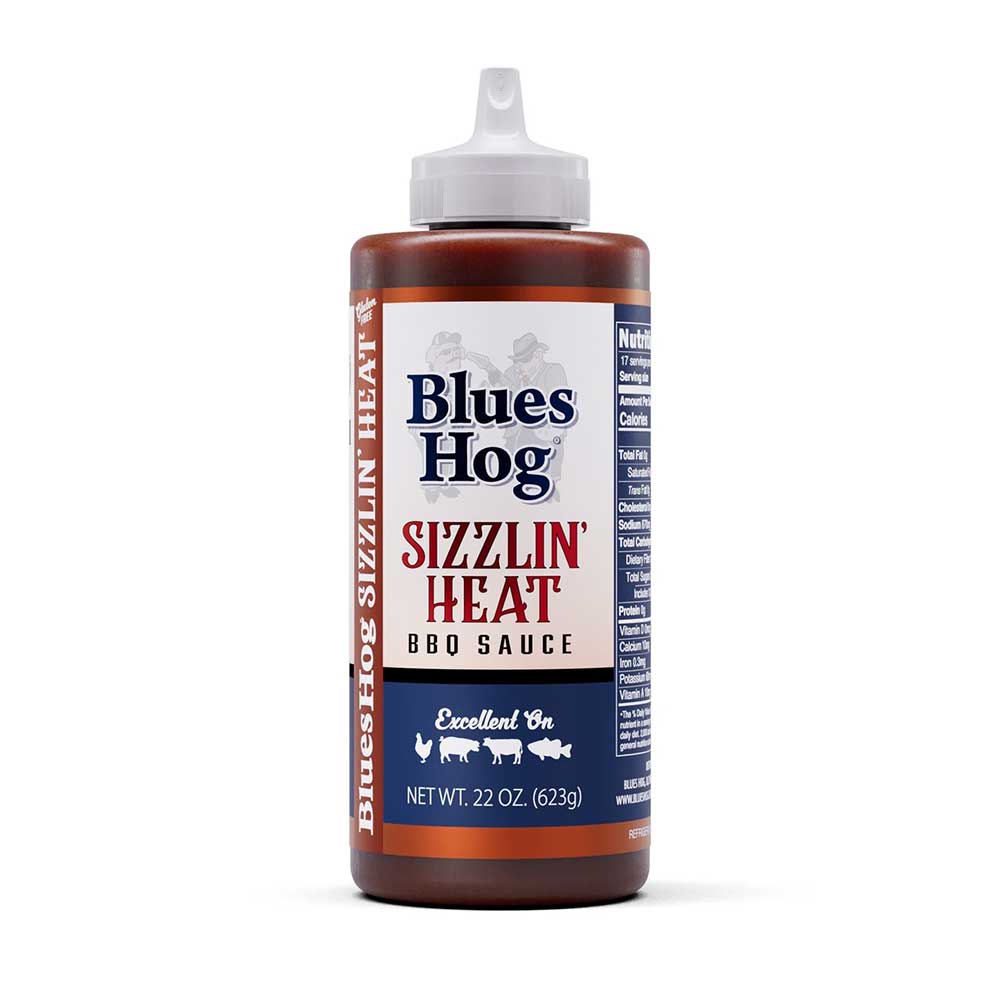

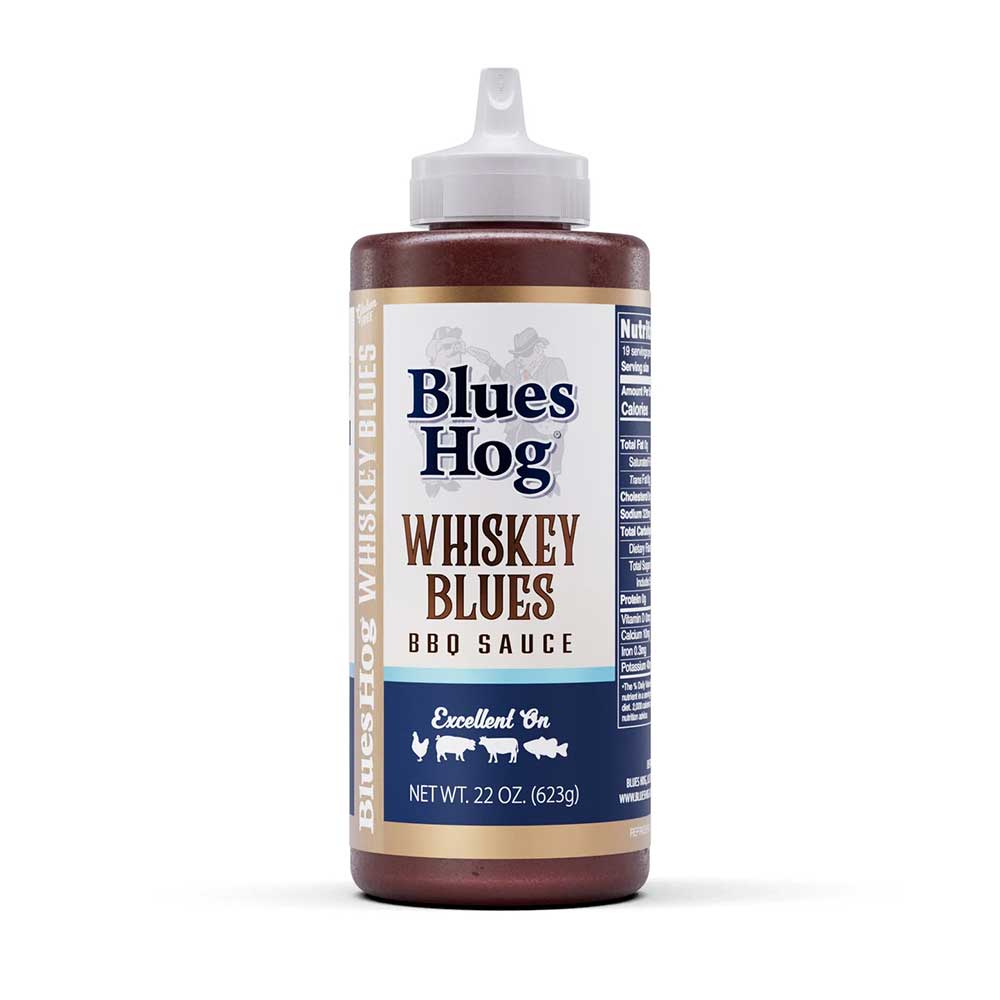
Leave a comment
This site is protected by hCaptcha and the hCaptcha Privacy Policy and Terms of Service apply.